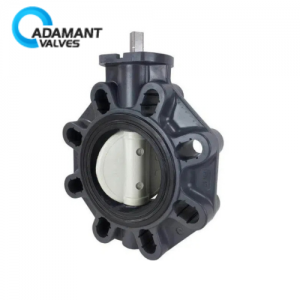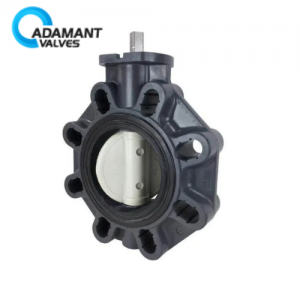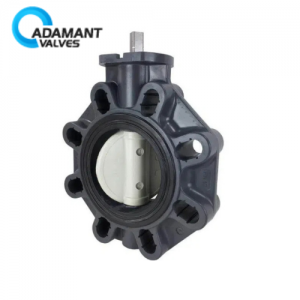Key Features of the Best High-Temperature Ball Valves
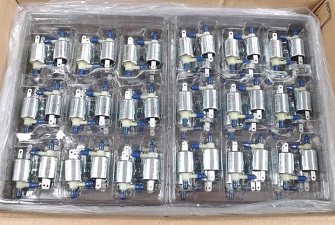
What are the main features of high-temperature ball valves?
Ball valves designed to withstand and perform in high-temperature applications are critical components of many industrial processing systems. Precision engineered and purposefully built, high-temperature ball valves require strict material selection for each component, specialized treatments, and thorough coatings to achieve the mechanical strength required to negate the harmful effects of thermal expansion. High-temperature ball valves are characterized by the fact that the valve seat sealing ring is composed of a plurality of stainless steel sheets on both sides of a flexible T-shaped sealing ring.
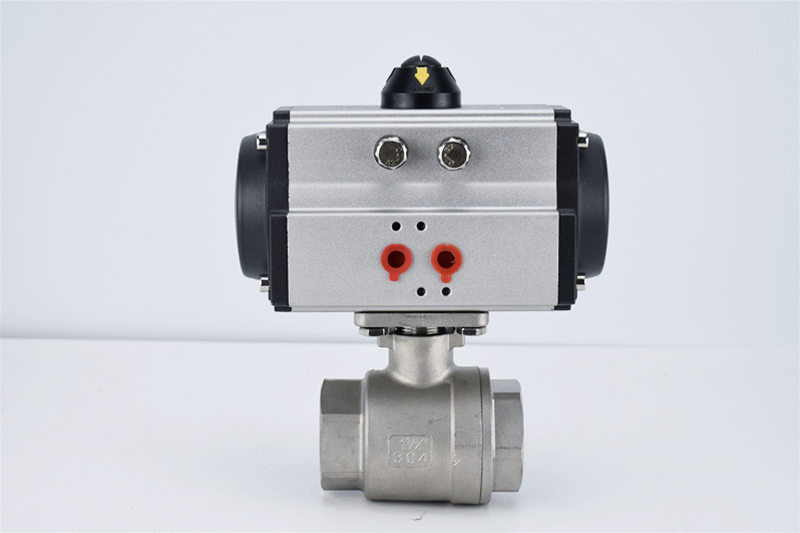
How do high-temperature ball valves work?
The valve plate of the high-temperature sanitary ball valve and the sealing surface of the valve seat are oblique conical structures with temperature and corrosion-resistance alloy material welded on the inclined cone surface of the valve plate. These specialized alloys allow the valve plate and seat to withstand routine wear and tear caused by corrosive chemicals and abrasive mediums.
The spring fixed between regulating ring pressure plates is assembled together with the regulating bolt on the pressure plate. This structure effectively compensates for the tolerance zone between the sleeve and the valve body as well as the valve stem’s elastic deformation from the system’s high pressure. These components solve the valve’s sealing problem in the process of two-way interchangeable medium transportation.
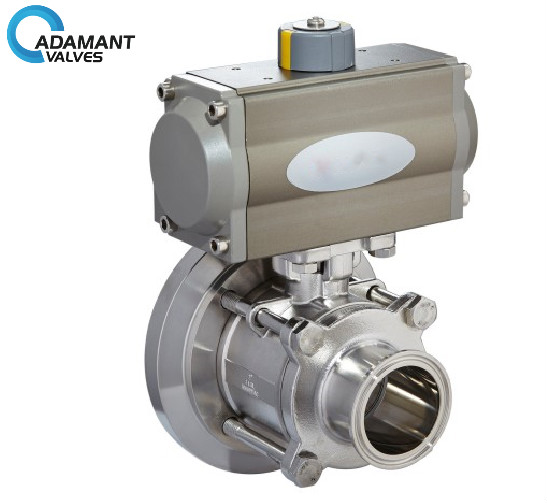
What makes a ball valve resist high temperatures?
High-temperature ball valve uses soft T-shaped multi-layer stainless steel sheets to form sealing rings. These additional layers of stainless steel allow the valve plate and seat to actuate and function with proper sealing despite high temperatures.
It has the dual advantage of metal hard sealing and soft sealing. Whether in low temperature or high-temperature situations, it has the sealing performance of zero leakage. Experiments suggest that in a positive flow state (the flow direction of the medium is the same as the direction of rotation of the butterfly plate), the sealing surface pressure is generated by the torque of the transmission and the effect of the medium pressure on the valve plate. When the positive medium pressure increases, the tighter the squeeze between the valve plate oblique cone surface and the valve seat sealing surface, the better the sealing effect. Essentially, as the ambient temperature increases, so does the torque applied to the valve plate, creating an even tighter seal.
In countercurrent condition, the seal between the valve plate and the valve seat in a high-temperature ball valve is produced by the torque of the transmission pressing the valve plate towards the valve seat. With the increase of the reverse medium pressure, when the positive pressure applied between the valve plate and the valve seat is smaller than the medium pressure intensity, the deformation of the spring of the regulating ring stored after the load can compensate for the tight pressure between the valve plate and valve seat sealing surface.
An Advancement in Ball Valve Mechanisms
Unlike current technology that has soft and hard multi-layer sealing rings installed on the valve plate, this new type of model is directly installed on the valve body. And the addition of a regulating ring between the pressure plate and valve seat is an ideal way for two-way hard sealing. This new technology has the potential to replace the gate valve and ball valve in the future.
If you’re uncertain about a specific ball valve, or if you have any questions regarding high-temperature rated valves, please contact us.


